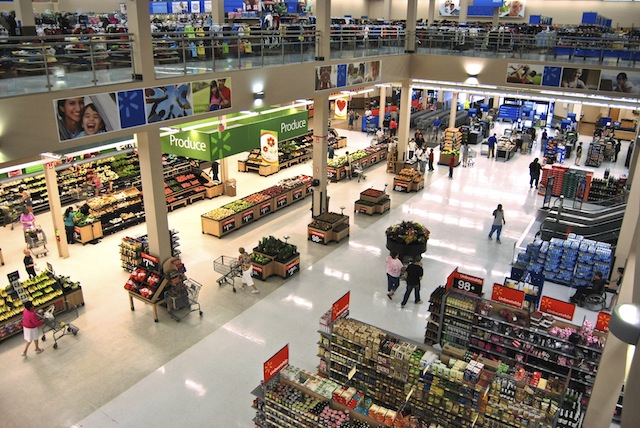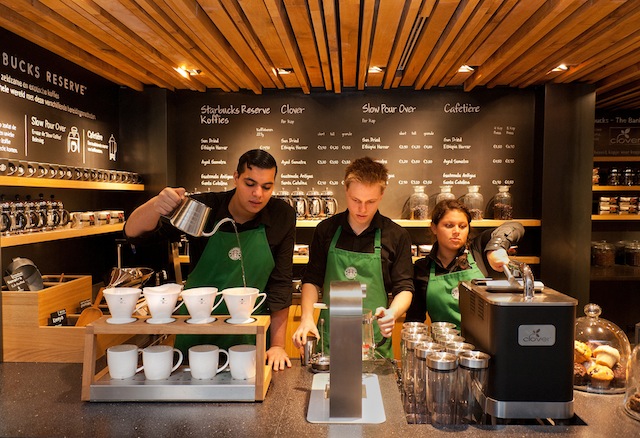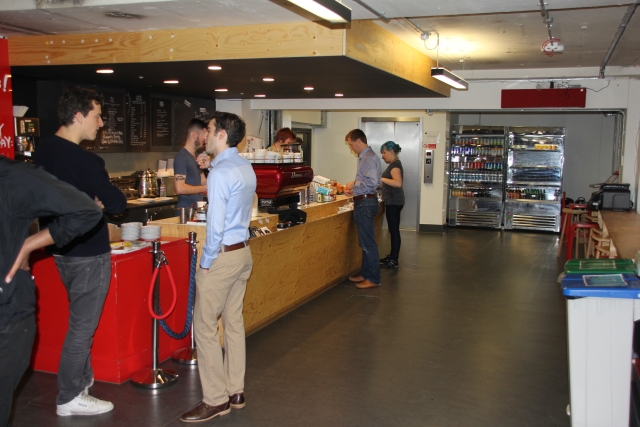One of the mantras of technologists like myself when challenged about where jobs will come from after existing industries are automated or become redundant is “we don’t know where they will come from, but they will.”
Assuming that is true and the jobs will come in industries we’ve barely begun to contemplate there remains the question of what happens to the families and communities that depended upon the displaced industries.
Two stories this week from opposite sides of the world show how how poorly we’re answering that question; in Tasmania the Idiot Tax describes what happens to a region with no economic value while in the UK the ongoing Rotherham sex abuse scandal portrays a community debilitated by unemployment.
In both regions local industries collapsed through the 1970s and 80s and the local working classes became the welfare classes, stuck on benefits with at best poorly paid casual work available.
As the Idiot Tax describes in Tasmania’s Burnie, retired older workers reaped the benefits of a life of full time employment that town’s youngsters will never know.
History has no shortage of examples of cities that disintegrated when their economic reason for existing became no more — a process we’re seeing in Detroit today.
Now we’re seeing almost every industry being changed with far greater potential for job losses and fractured communities.
That we’ve dealt so poorly with the process over the last fifty years means we have to start thinking about how we as a society manage this adjustment.
Jobs will come to replace the ones lost, just as through the Twentieth Century new roles developed to replace those displaced from as nations like the US, France and Australia evolved from largely agricultural economies into industrial and then service industries.
But the human cost is real and there are no shortage of shrunken or abandoned towns that were once thriving market or railway hubs at the beginning of the Twentieth Century.
For technologists, this is an issue that has to be faced as we enter a period of economic and technological change far greater than the one we saw in the 1970s and 80s.
Car wreck photo courtesy of CBR1000 through sxc.hu
Similar posts:




